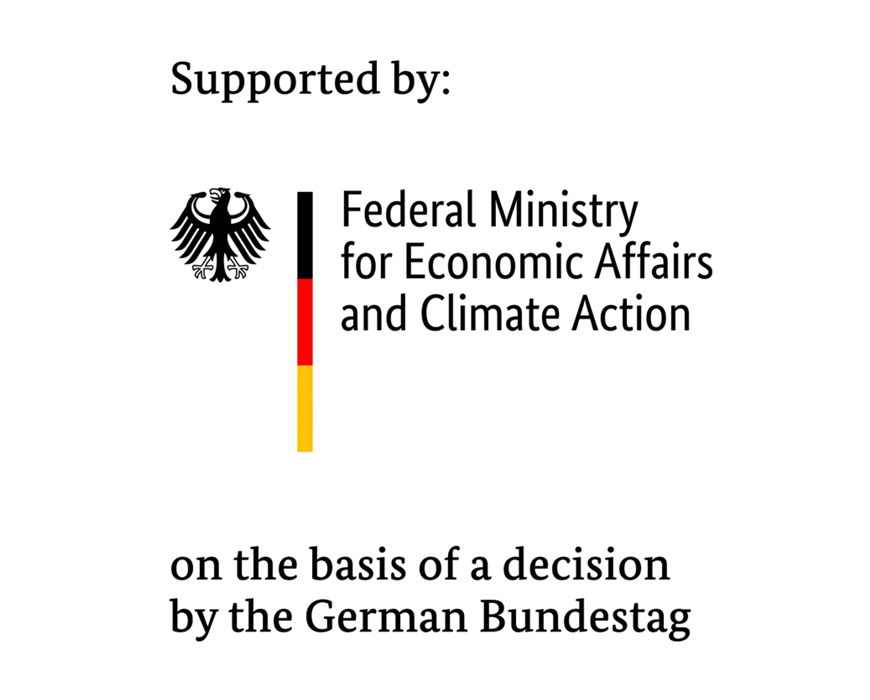At a glance
- Condition monitoring systems automatically monitor large components of wind turbines during operation in order to detect damage at the earliest possible stage.
- With the aim of improving this early detection and lowering the maintenance costs, the partners in the inVETra project are developing a novel sensory bolt equipped with both signal conversion and processing electronics as well as a dedicated high-dynamic and adaptive CMS.
- Fraunhofer IWES is responsible in a subproject among other things for the testing and validation of the sensory bolts for a specific application in wind turbines.
The challenge
Condition monitoring systems have been employed for the automated condition monitoring of wind turbines in operation for many years already. They ensure that damage to important components is detected as early as possible in order to improve maintenance planning and scheduling and thereby avoid repairs wherever possible. The techniques employed are normally the use of existing supervisory control and data acquisition (SCADA) data, vibration-based systems, and the analysis of oil properties.
Although current systems are employed in a cost-efficient manner, the maintenance costs of modern wind turbines account for around 20–35 percent of the lifetime costs. As such, reducing costs in operation is of great interest.
The solution
This is precisely where the inVETra research project comes in. The aim is to develop an innovative CMS based on a novel sensory system. The key innovation is a sensory bolt, where the standardized bolts already in use in wind turbines are employed as sensor carriers and equipped with both signal conversion and processing electronics, as well as a dedicated high-dynamic and adaptive CMS.
The inVETra project will further develop the sensory bolt’s patented concept, which has so far only been used as a hand-made prototype, into a market-ready product. The bolts deliver high-resolution information concerning the forces acting on the wind turbine, which, in addition to direct bolt monitoring, also provide detailed conclusions on the structural loads as well as the condition of individual support structure and drive train components with the aid of the CMS designed specially for this sensor technology. As it is installed in the same way as a conventional bolt connection, the sensory bolt can also be retrofitted in existing turbines.
The added value
Fraunhofer IWES is responsible in a subproject for the testing and validation of the sensory bolts for the specific application in wind turbines. This involves the bolts being installed on the institute’s own large-scale test benches with real interface components in various tests. The focus when doing so is on the connection between the main shaft and hub as well as the blade bearing and rotor blade. In addition to determination of the wind turbine-specific requirements for assembly and data acquisition, IWES’ project scope also includes evaluation of the measurement data. Furthermore, IWES is offering its system knowledge for support in the interpretation of the measurement data and the creation of models.
